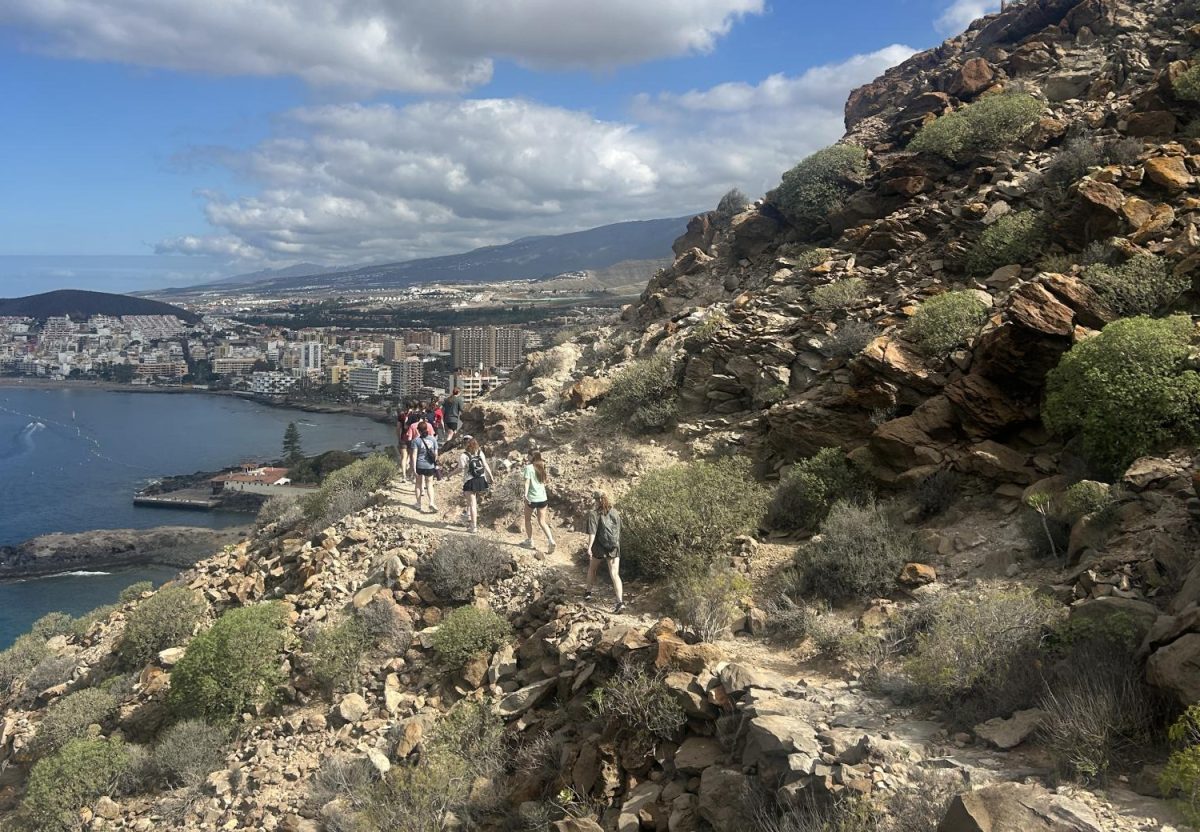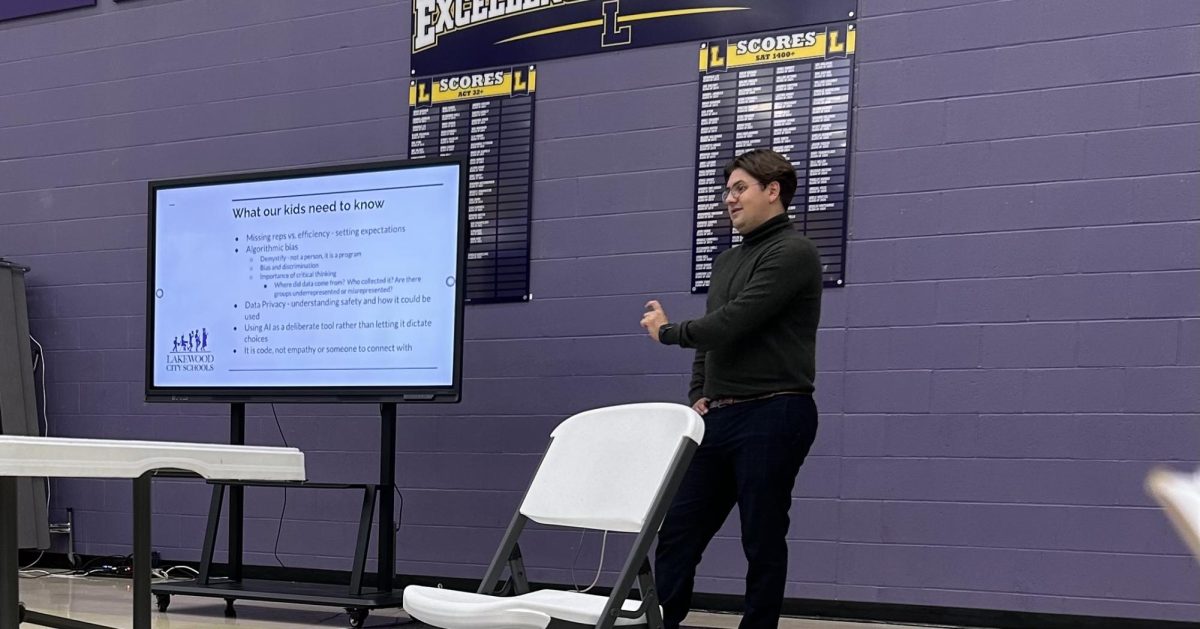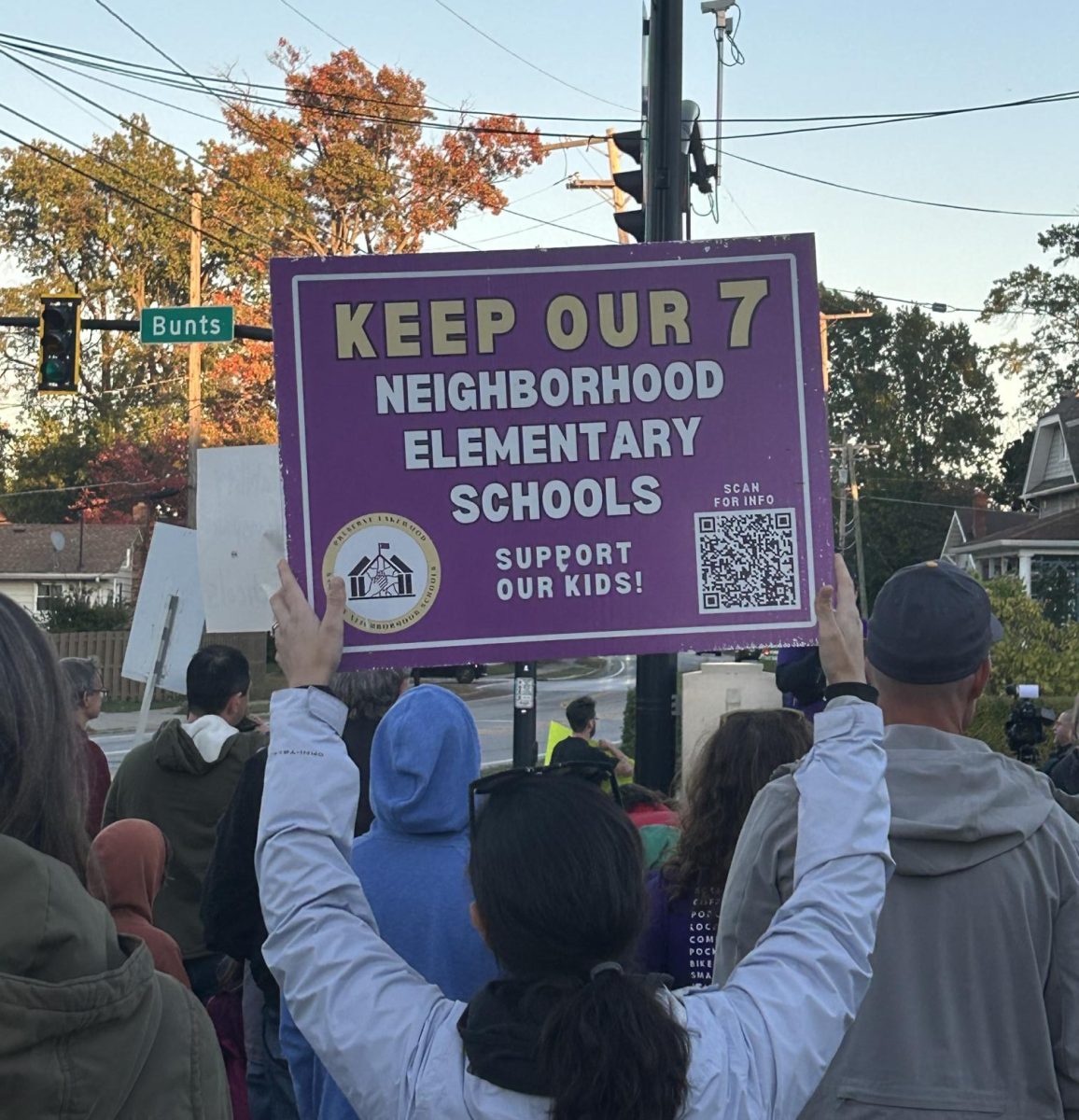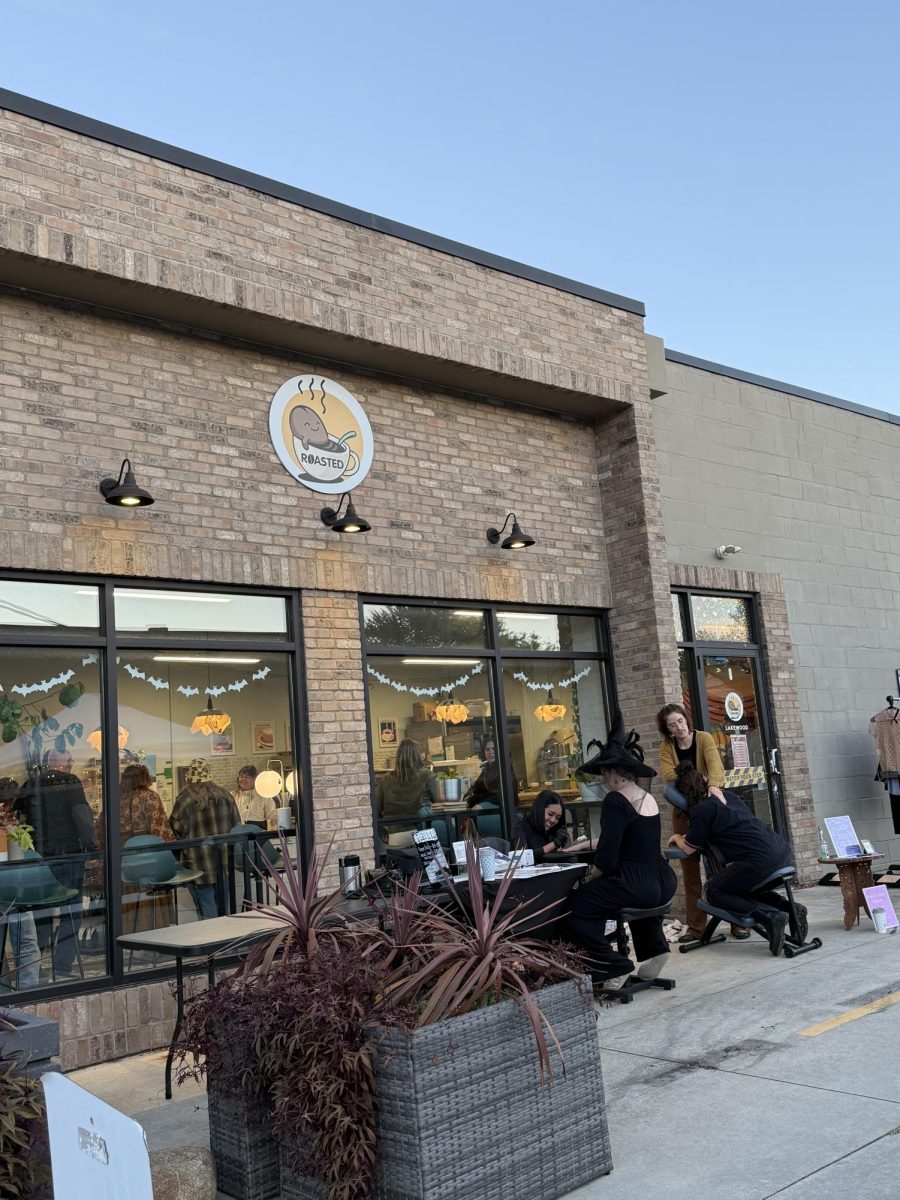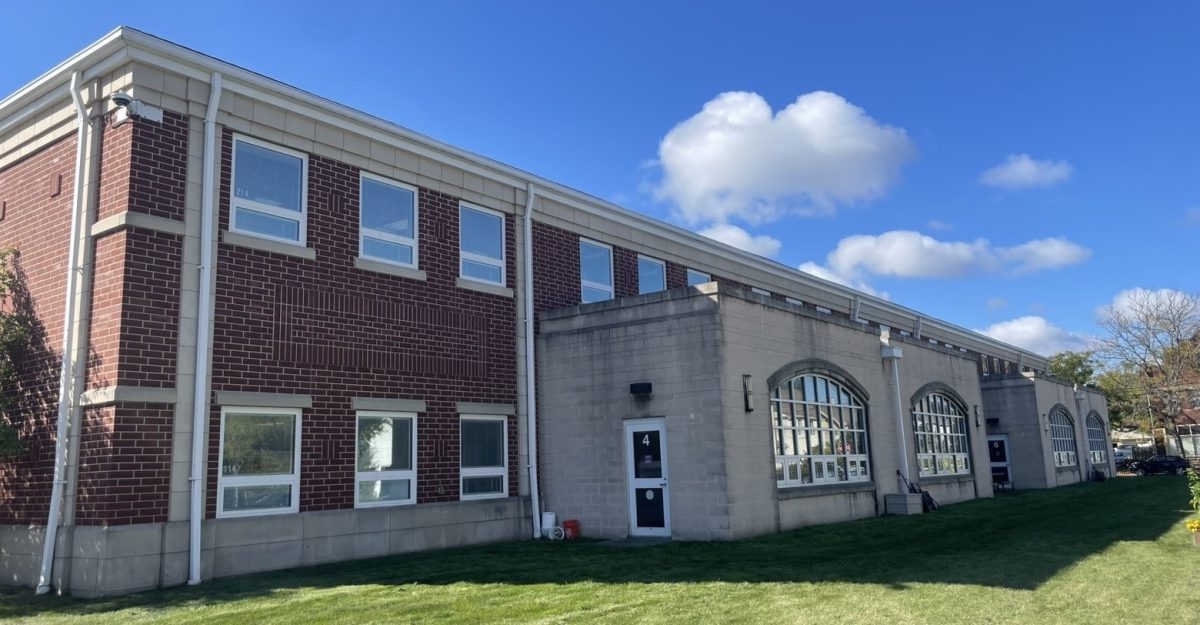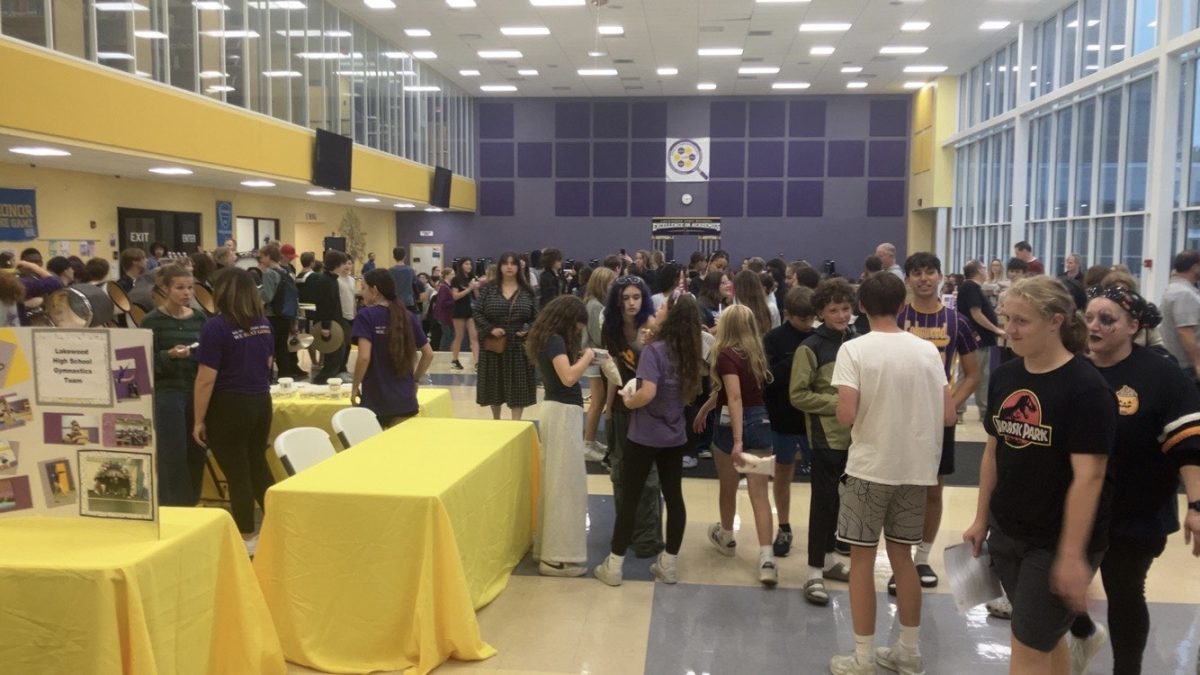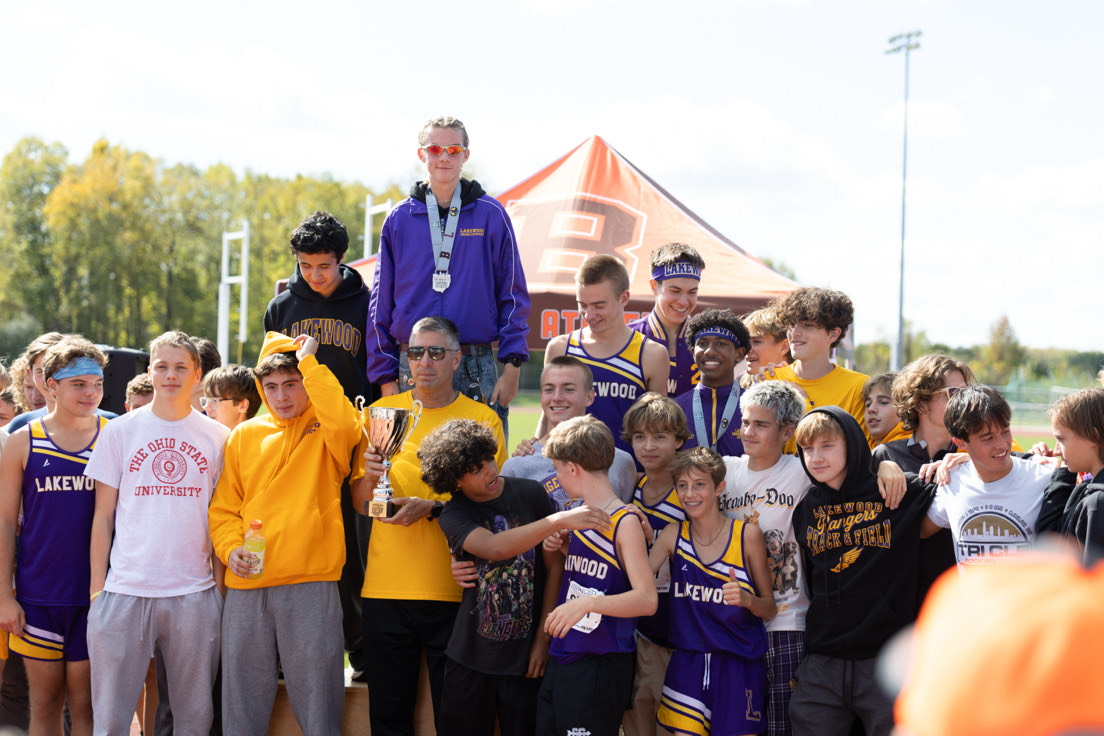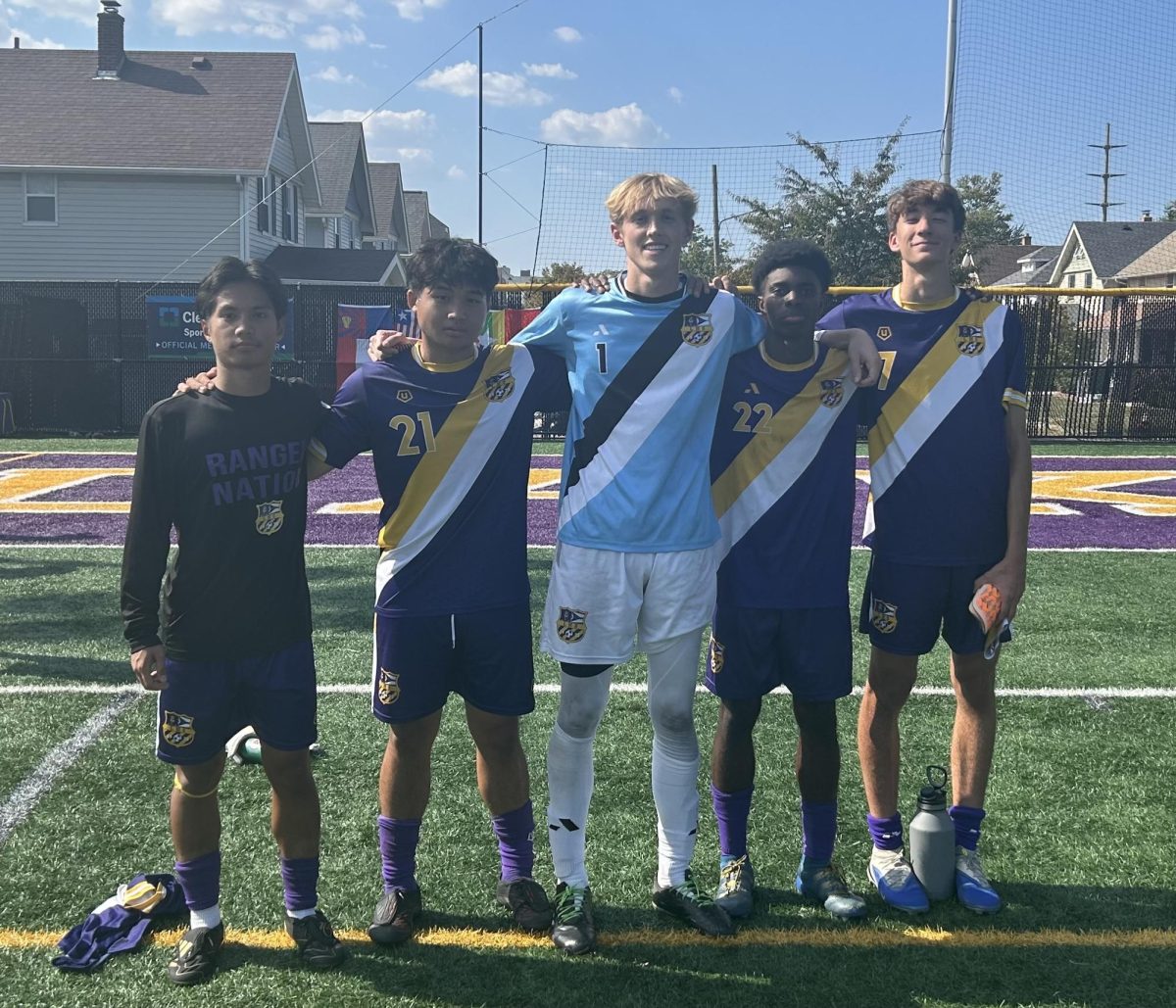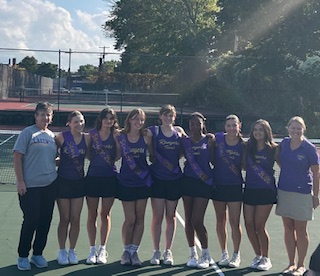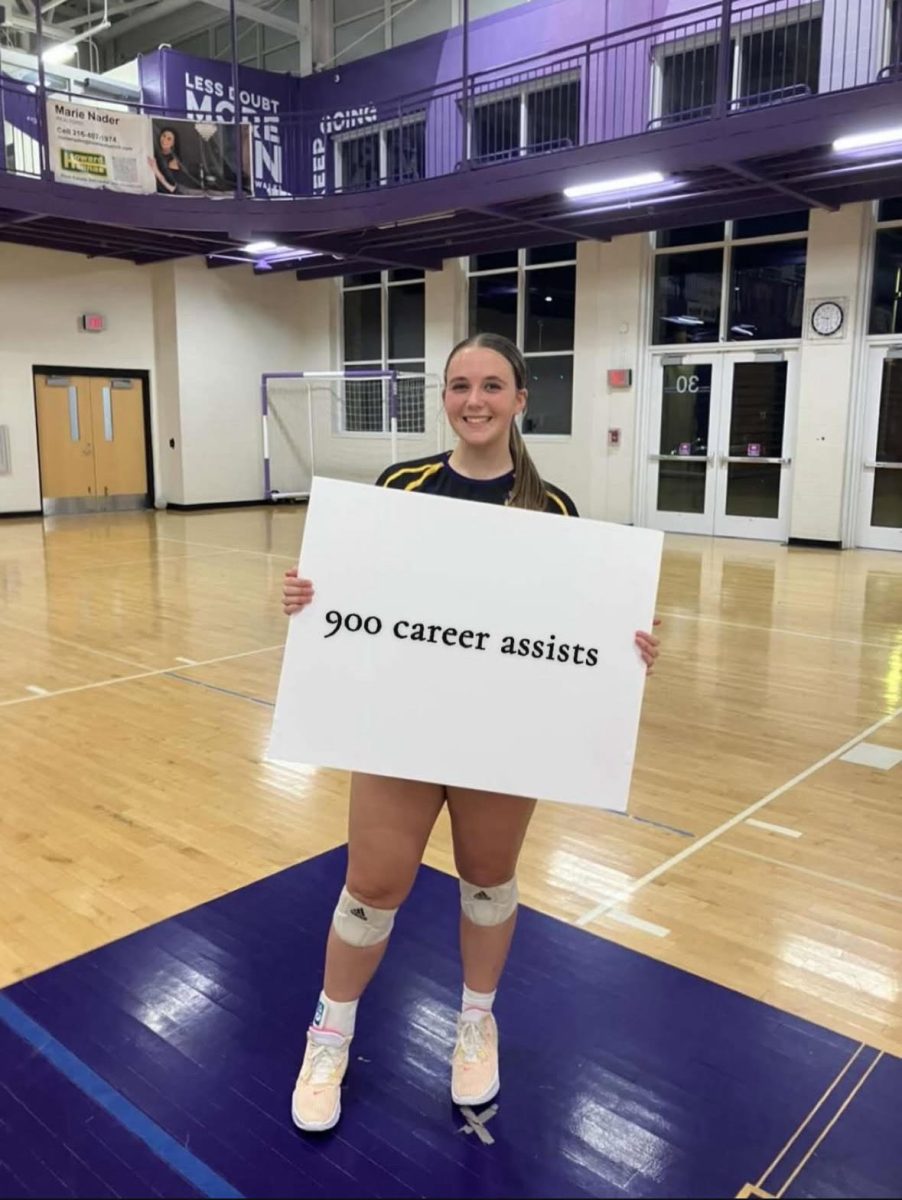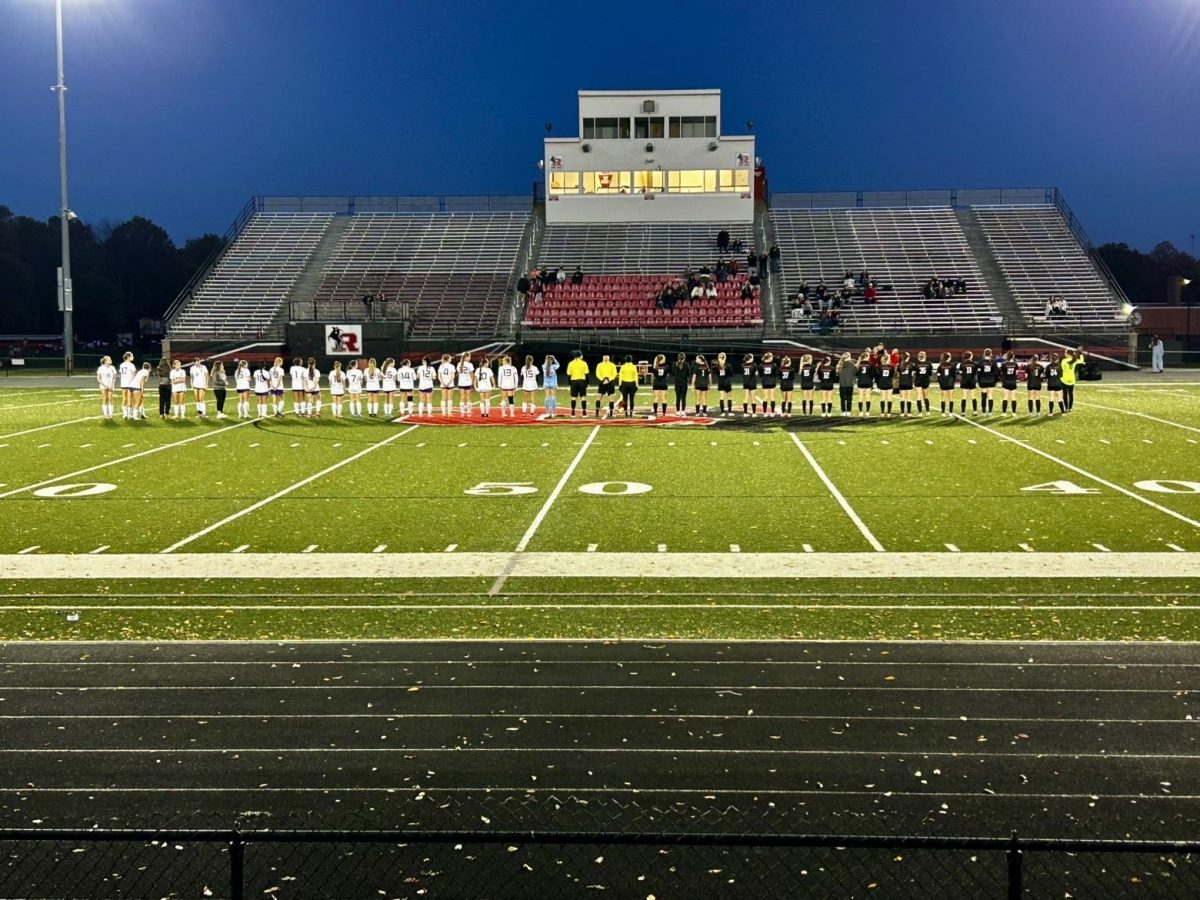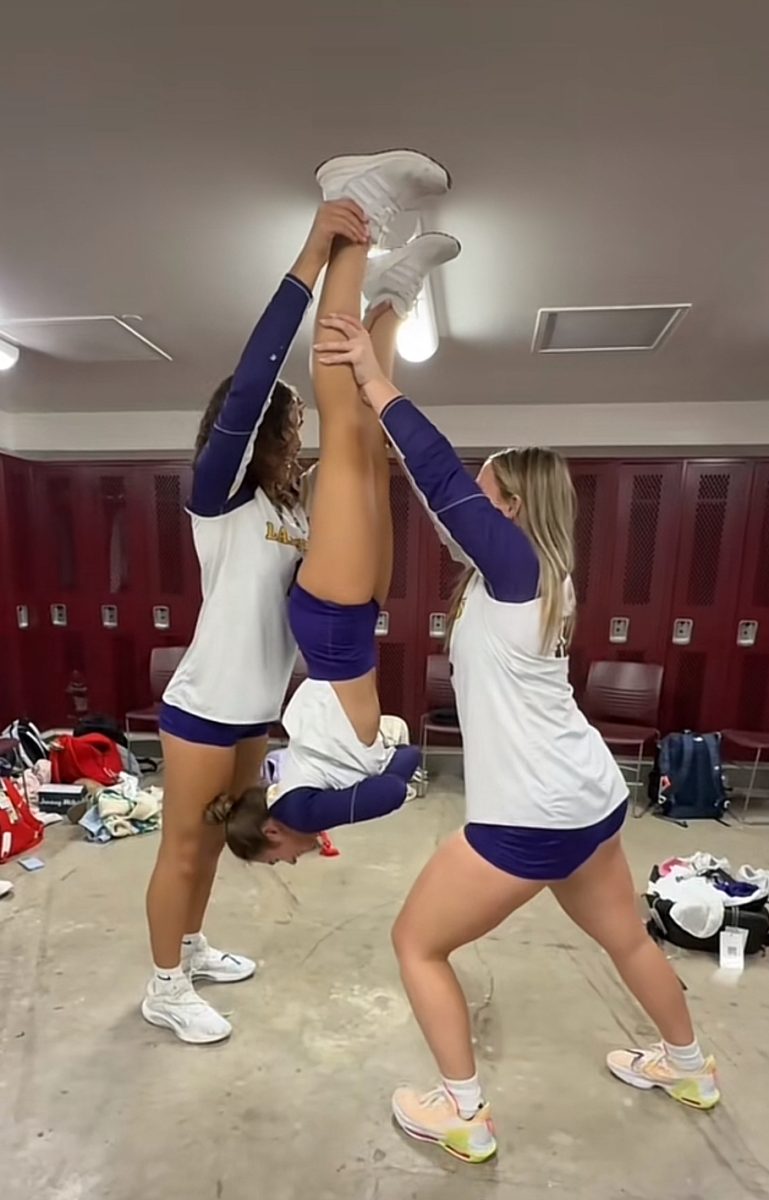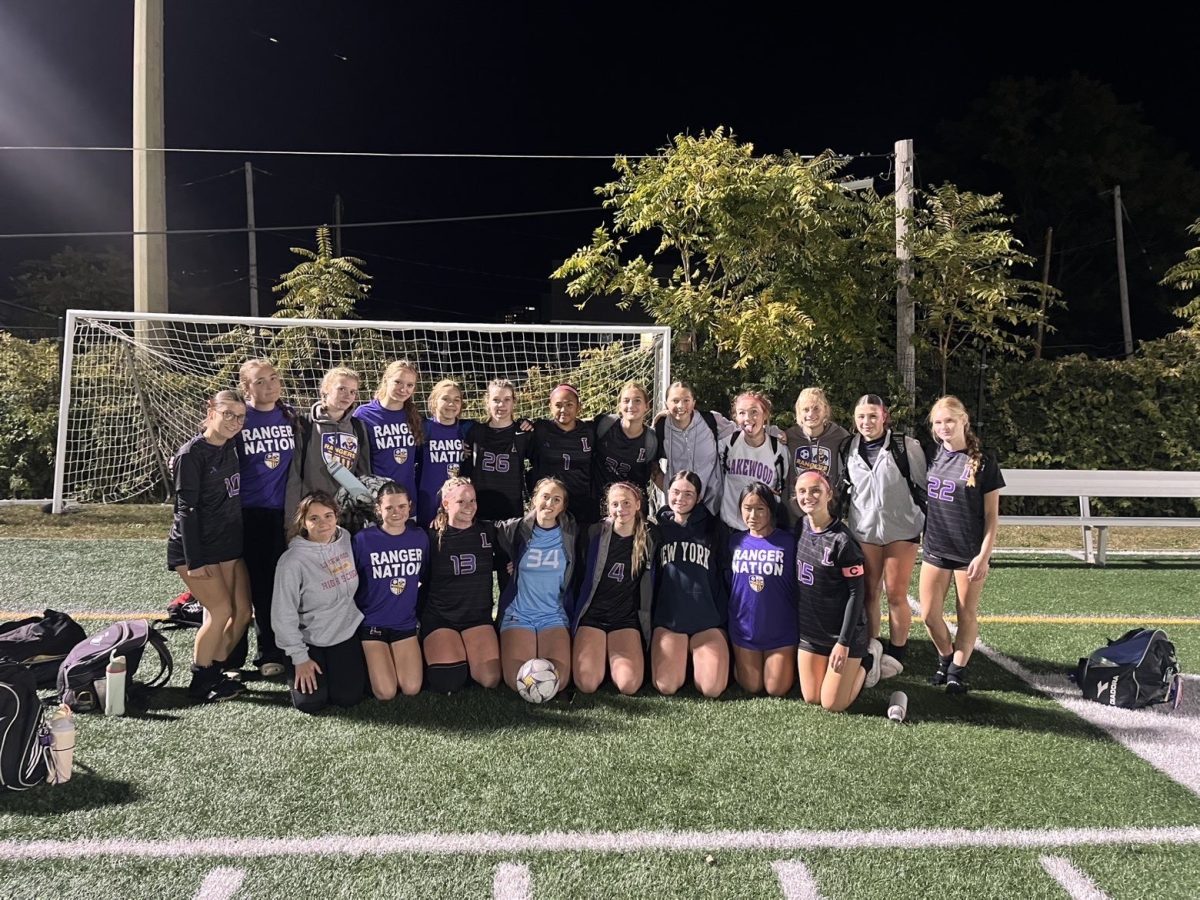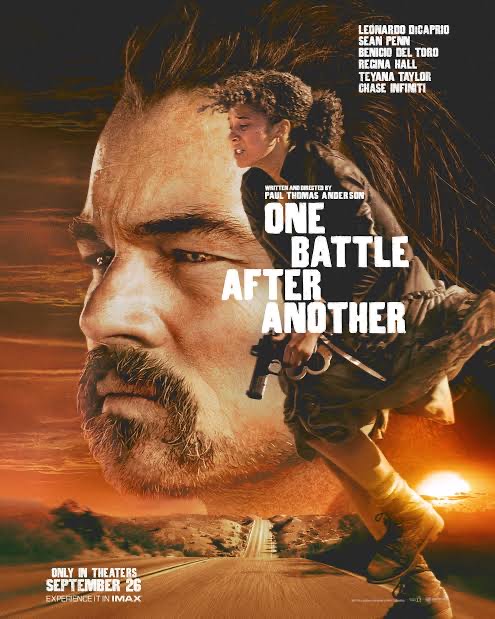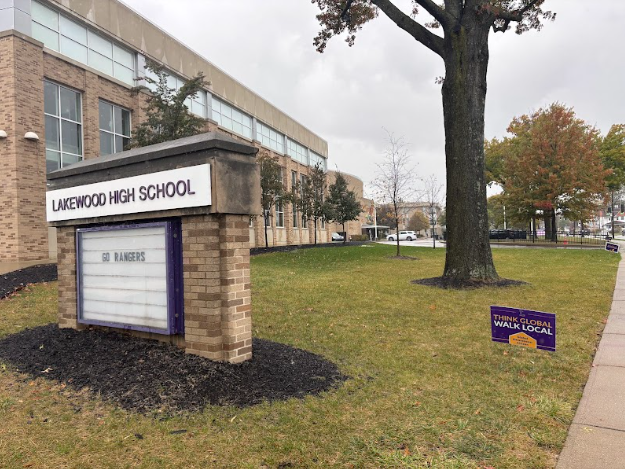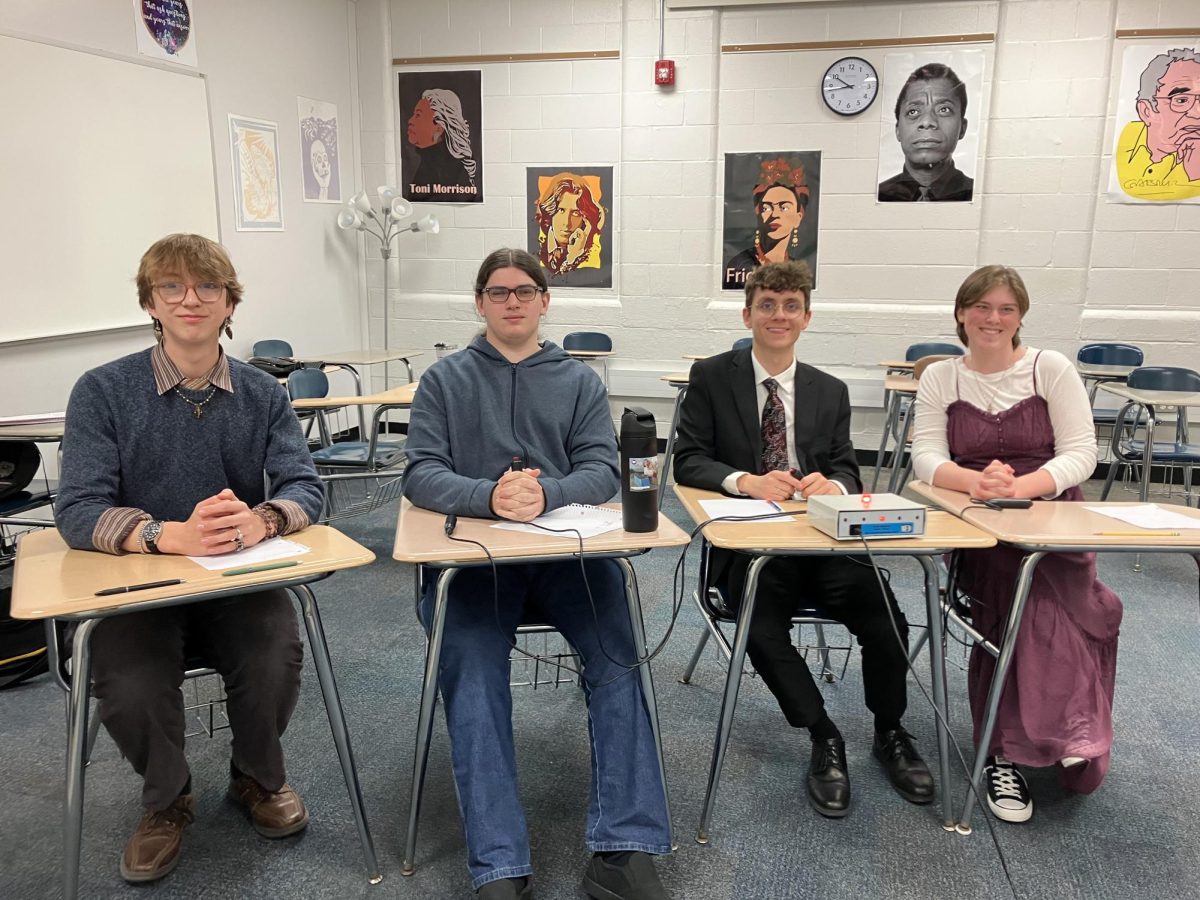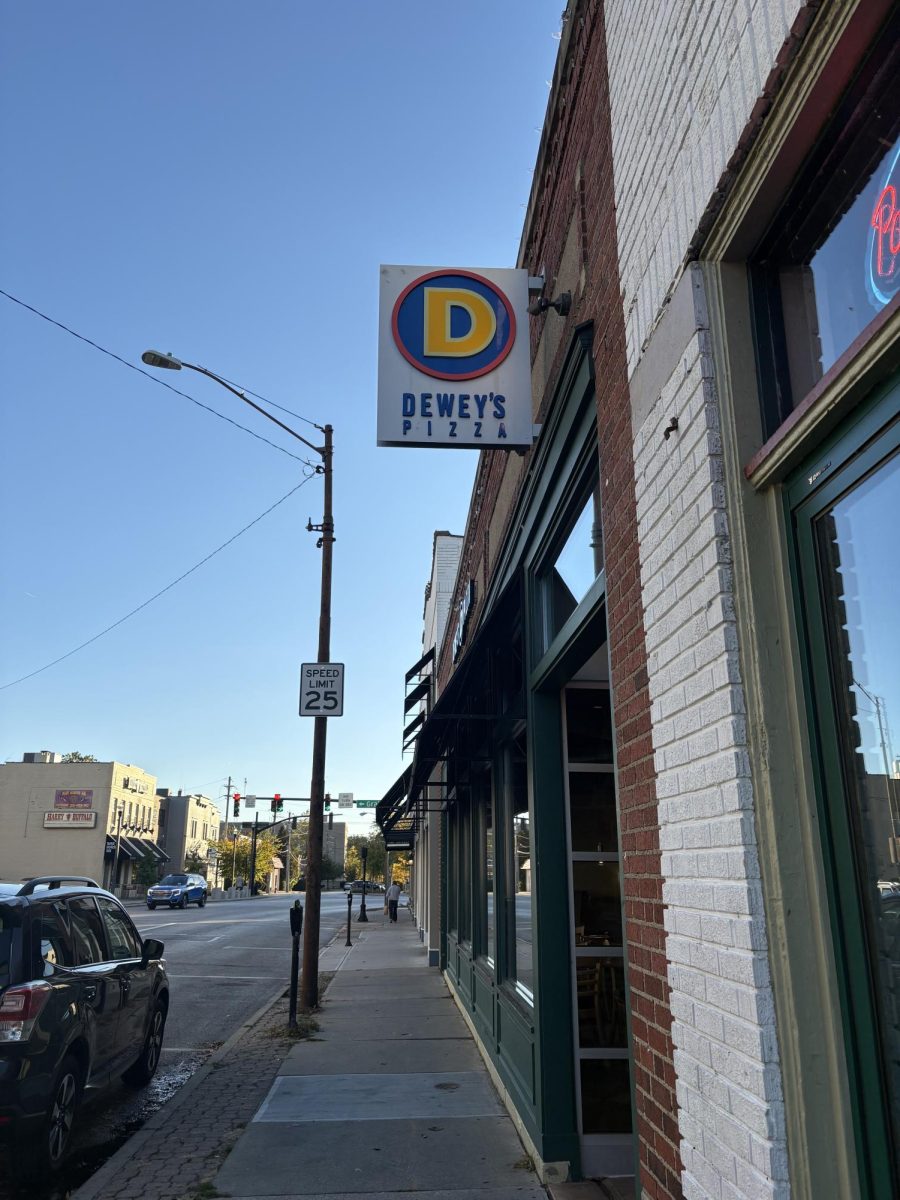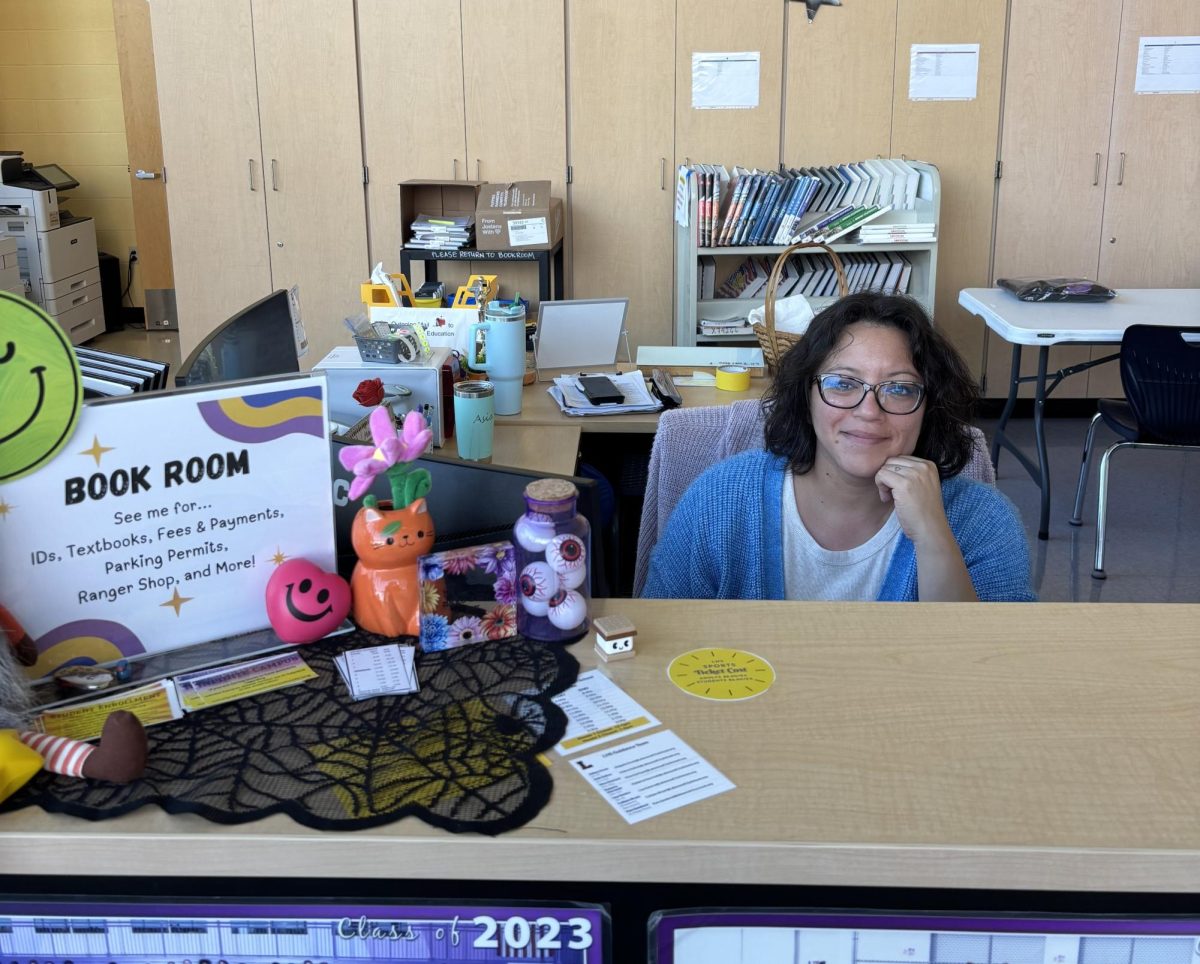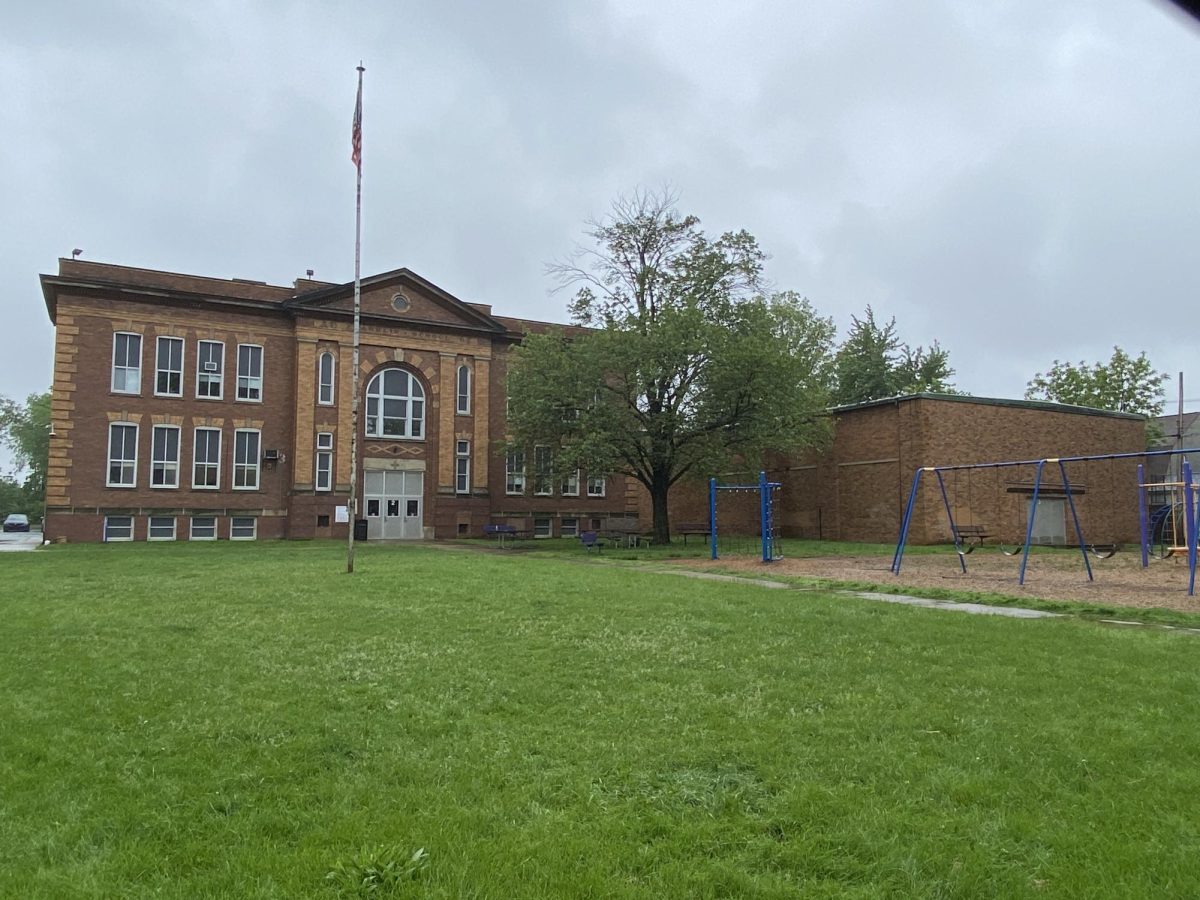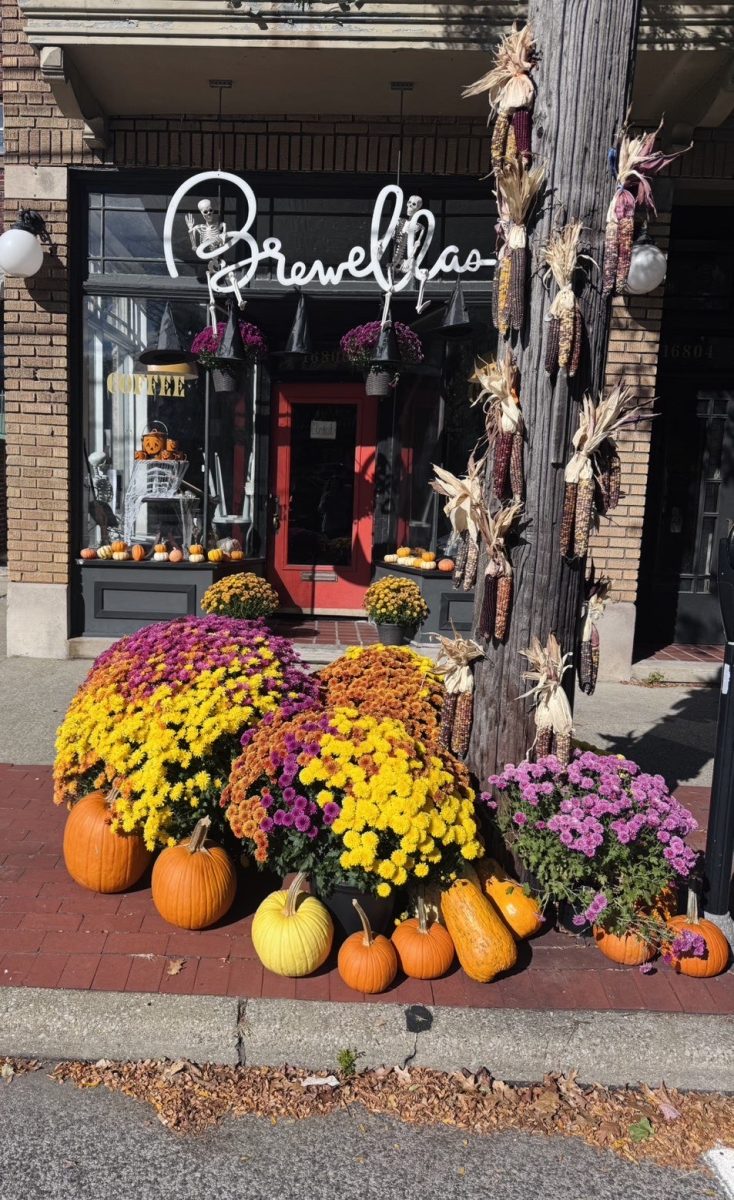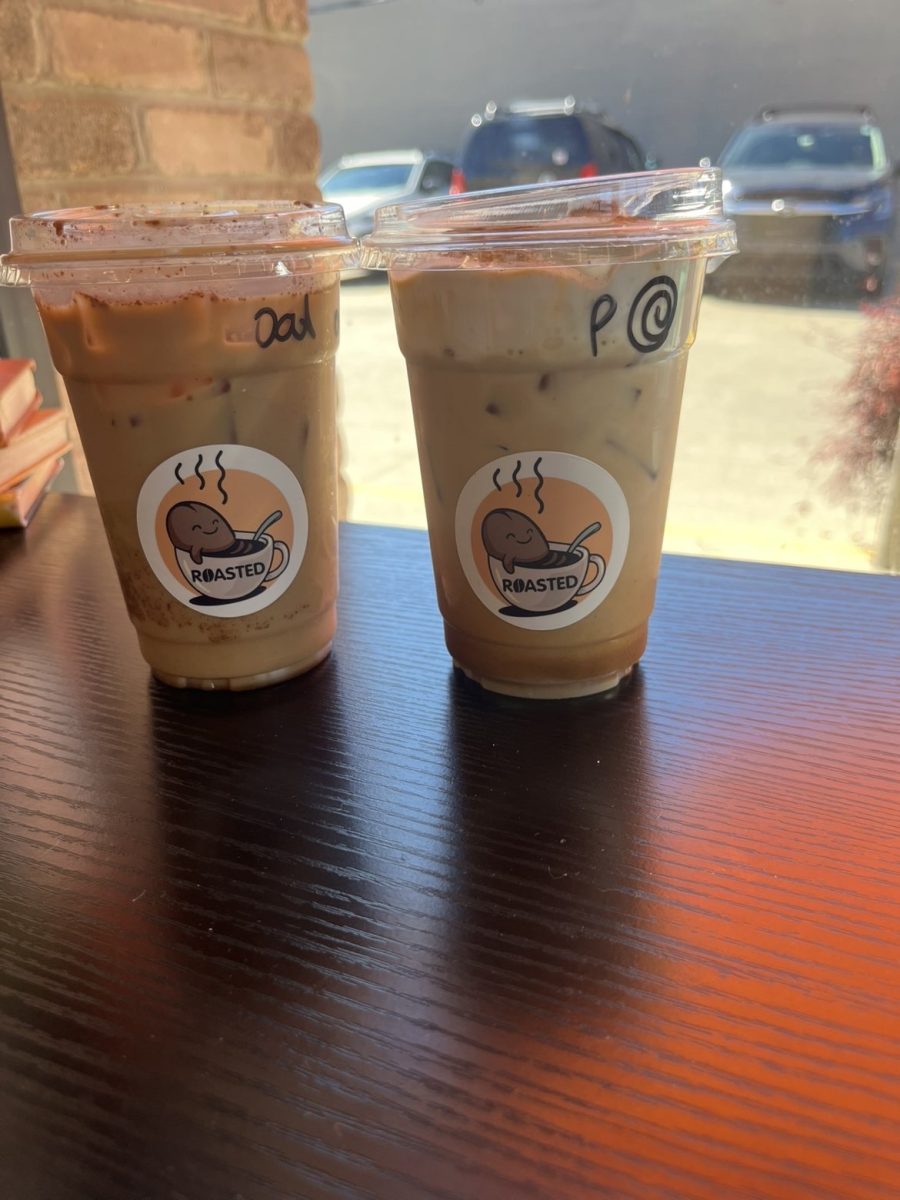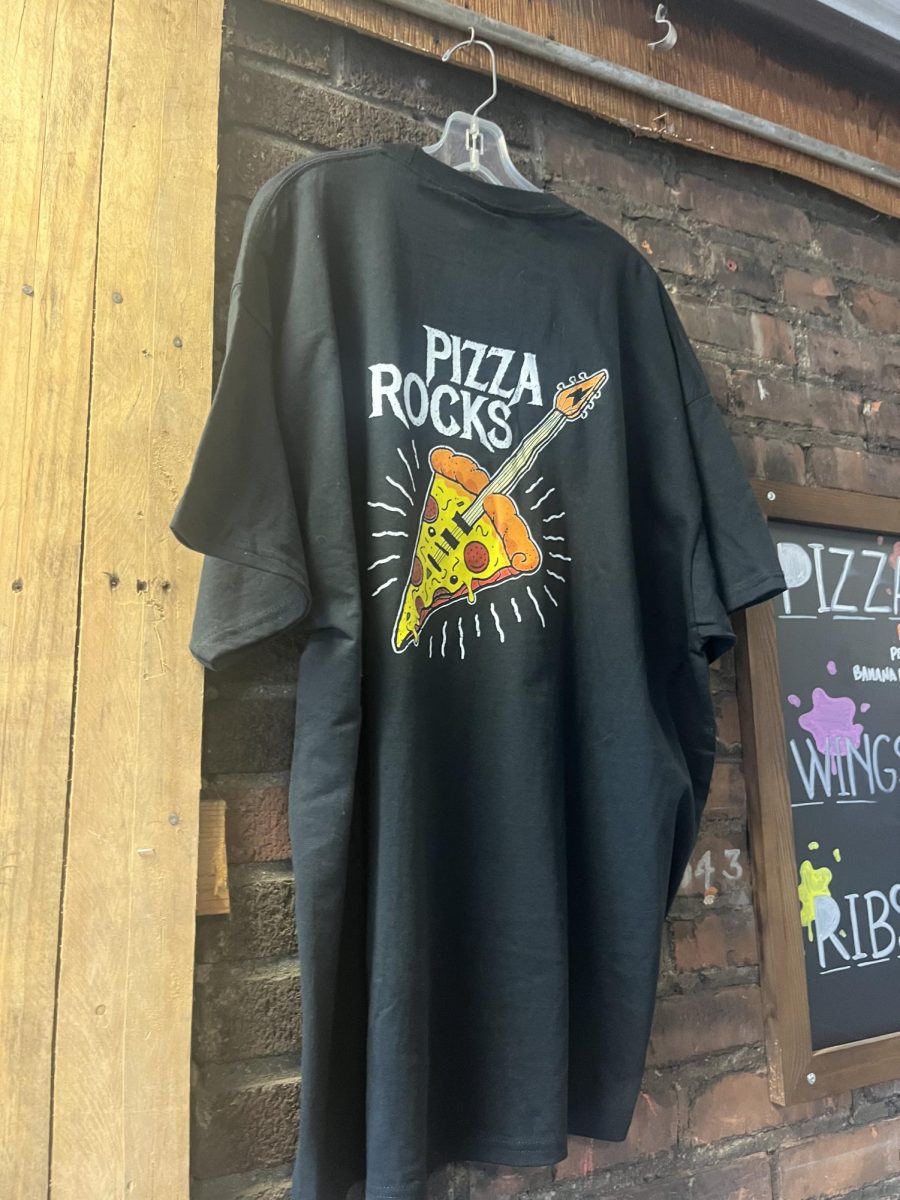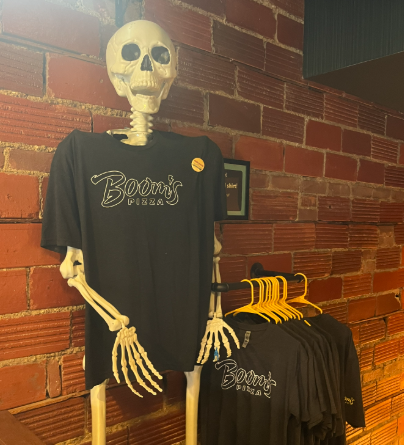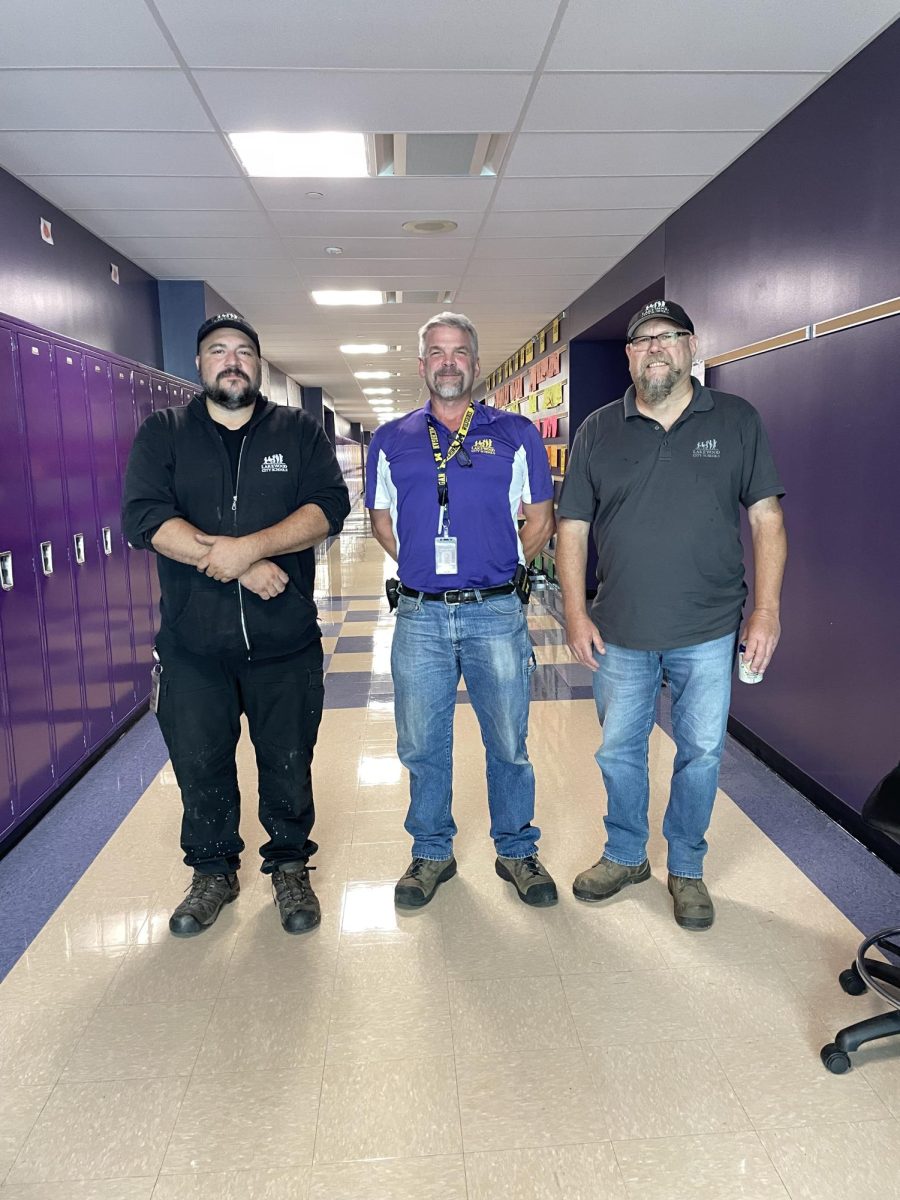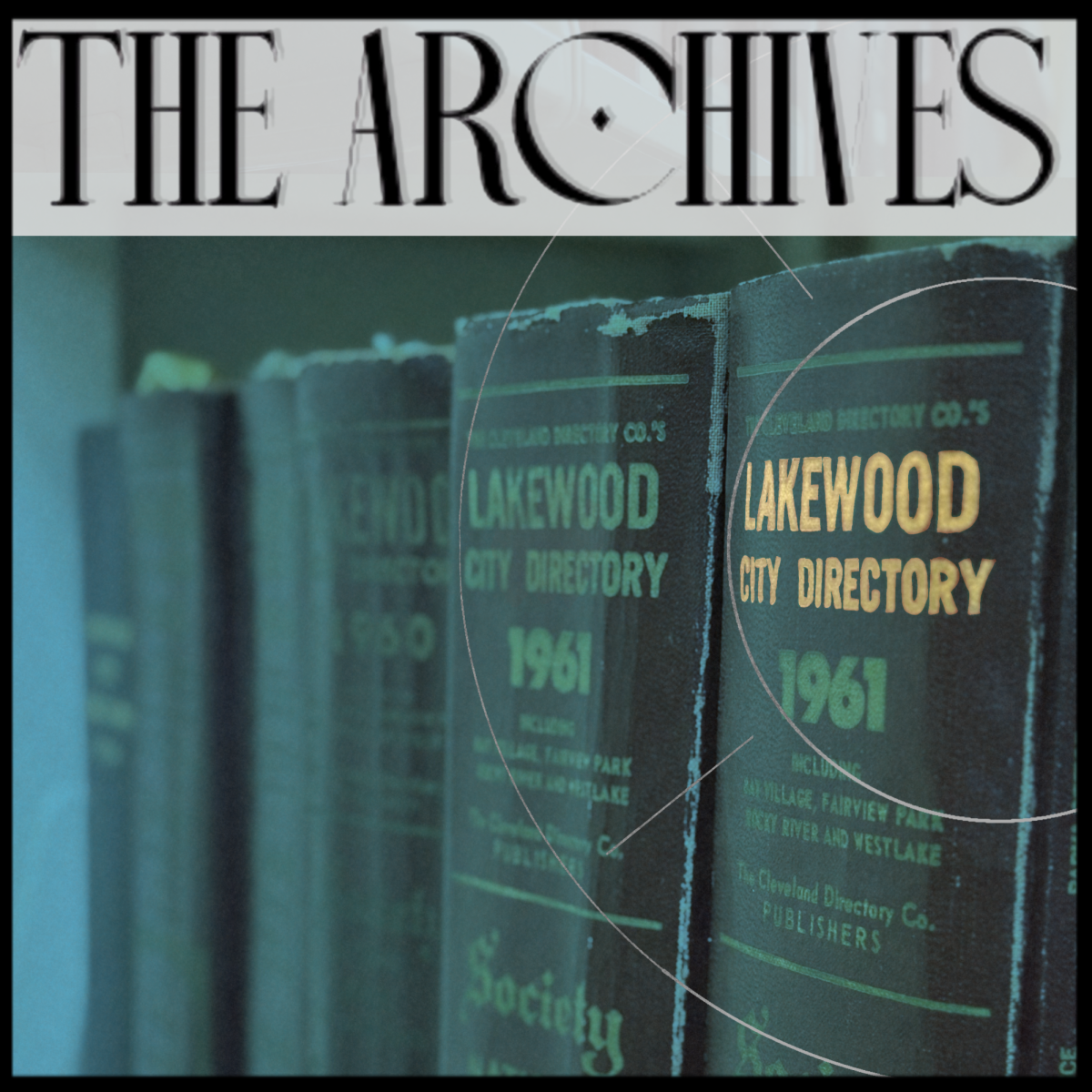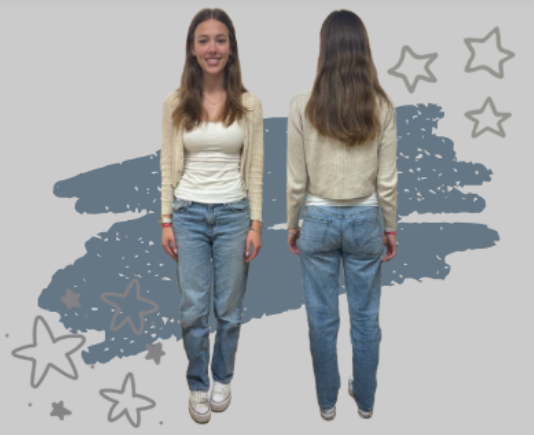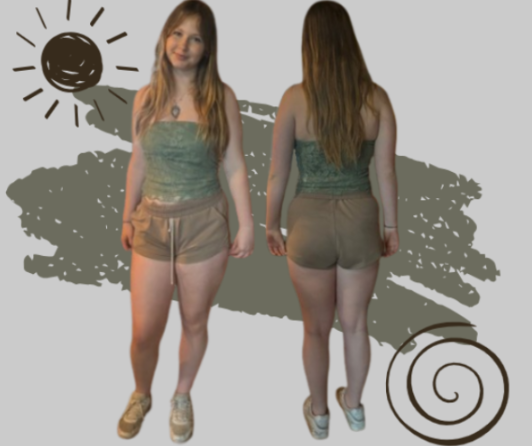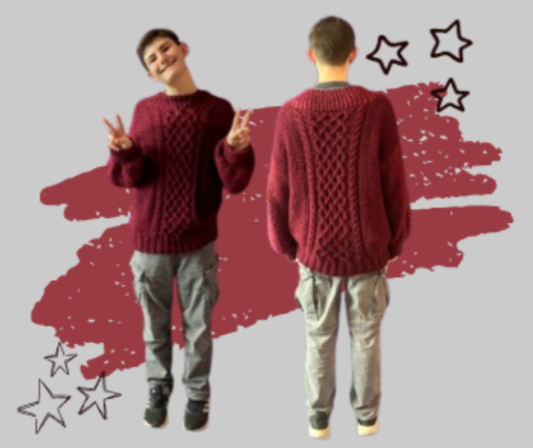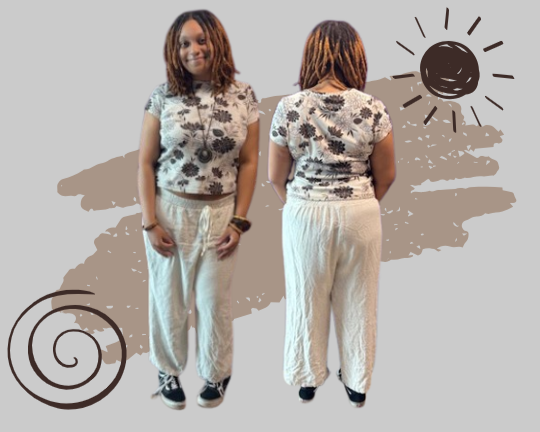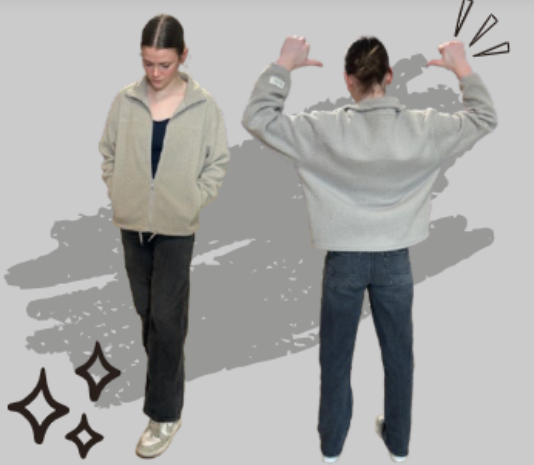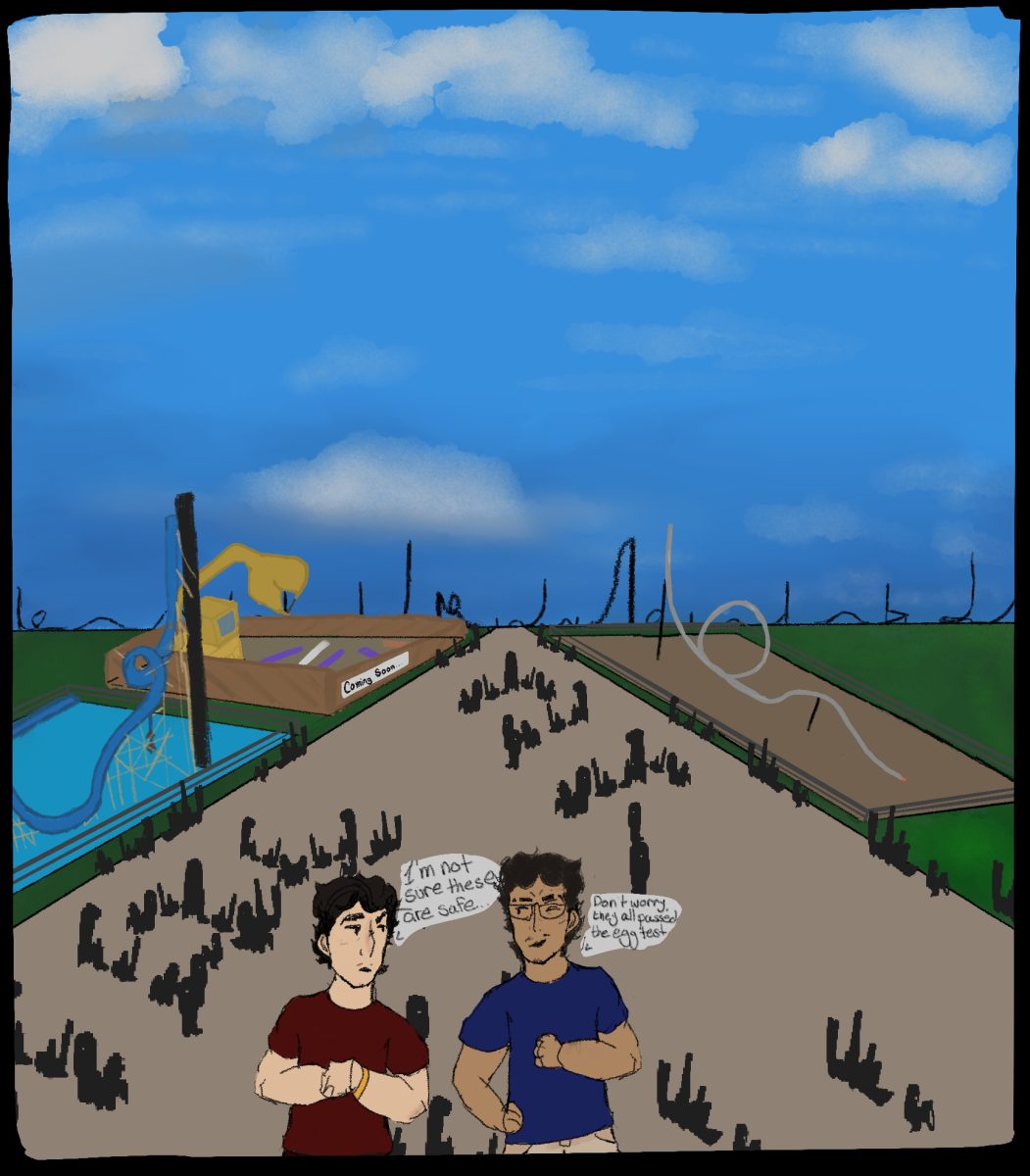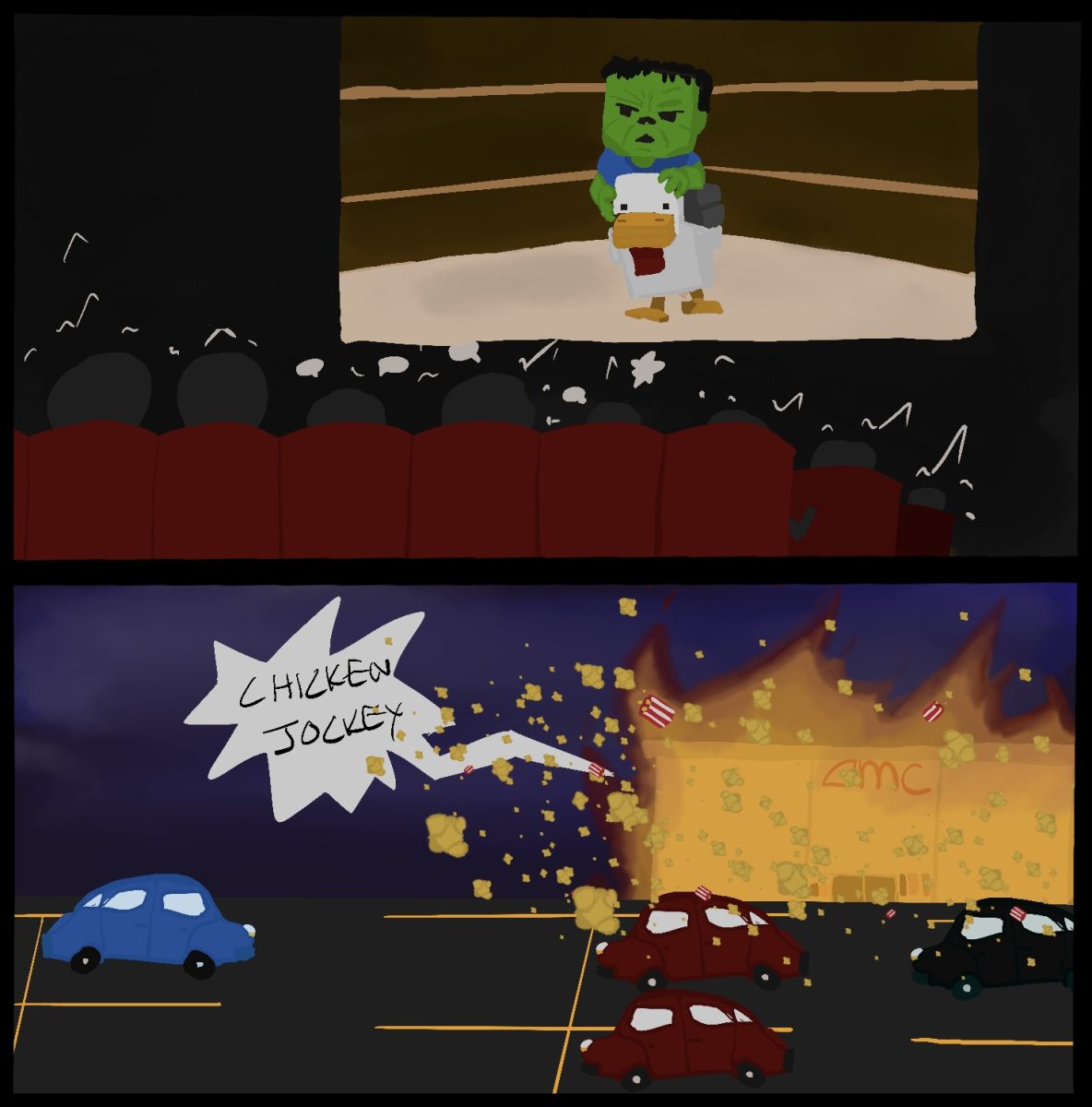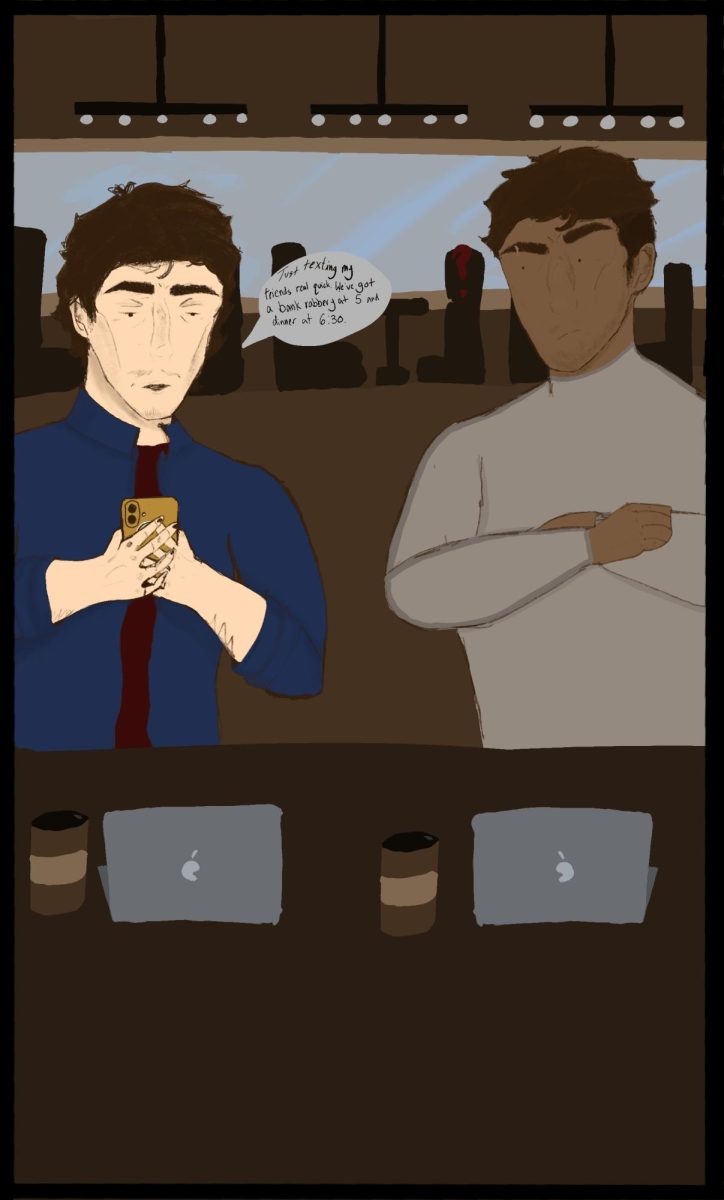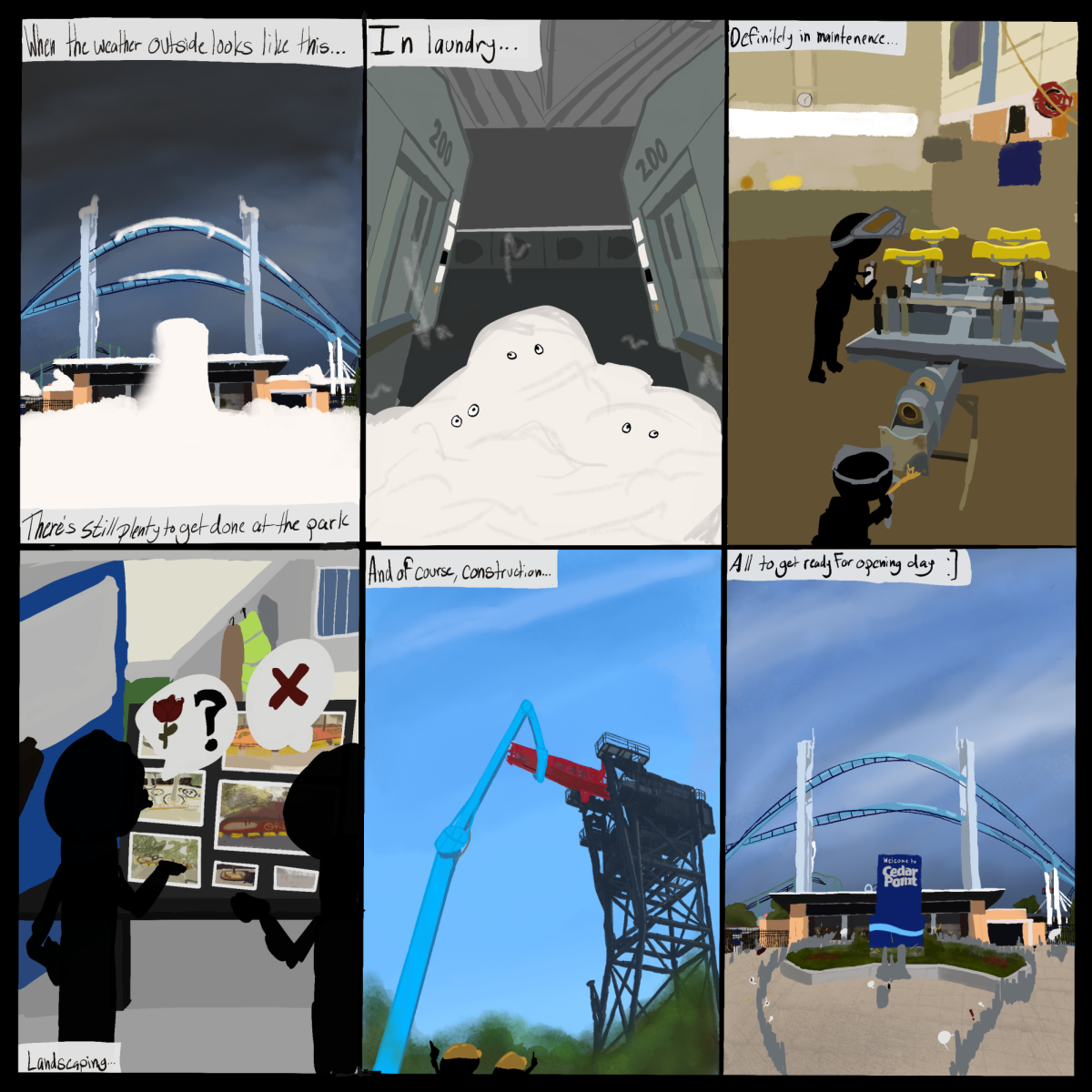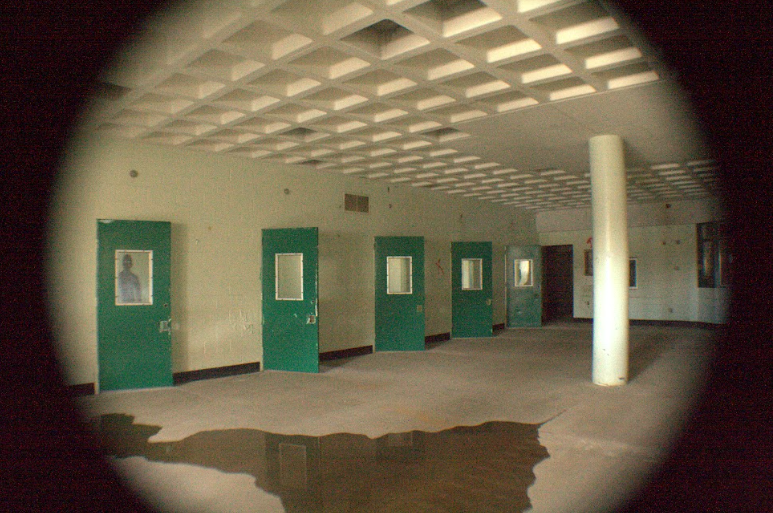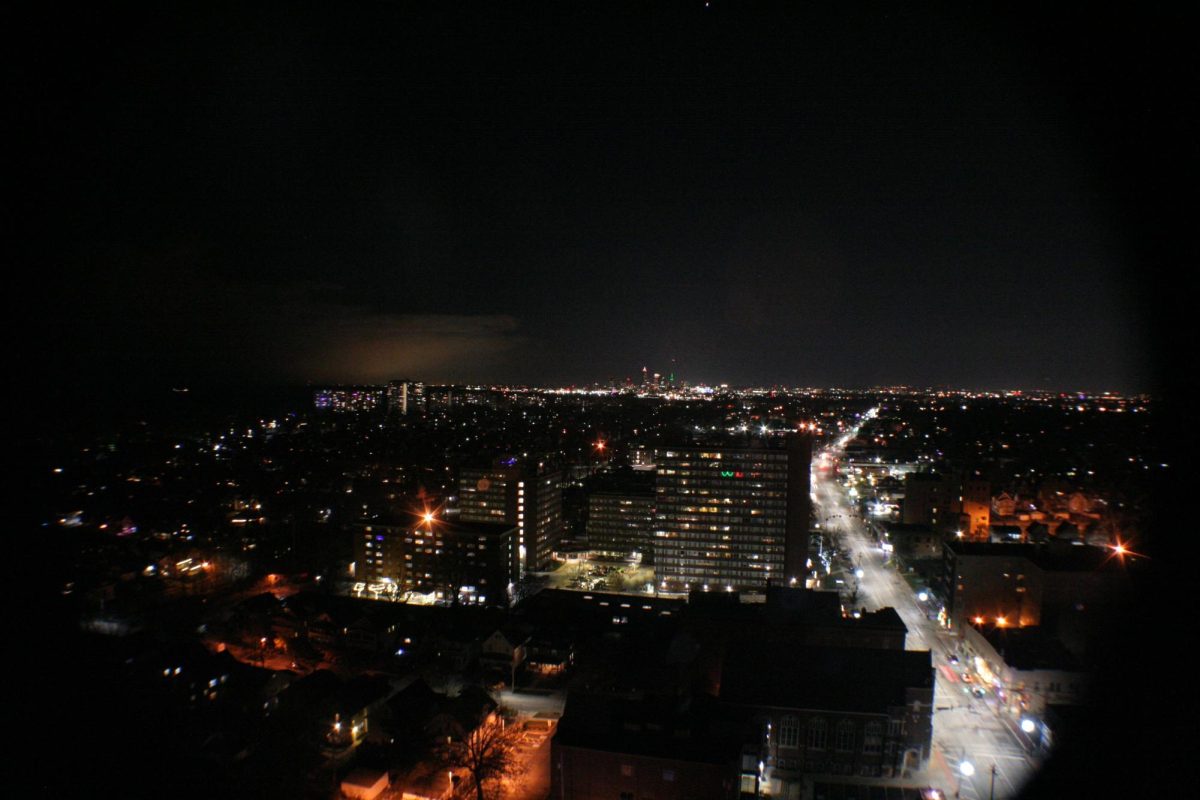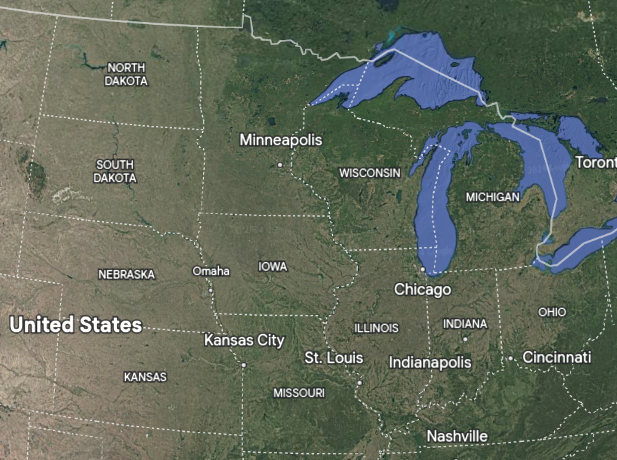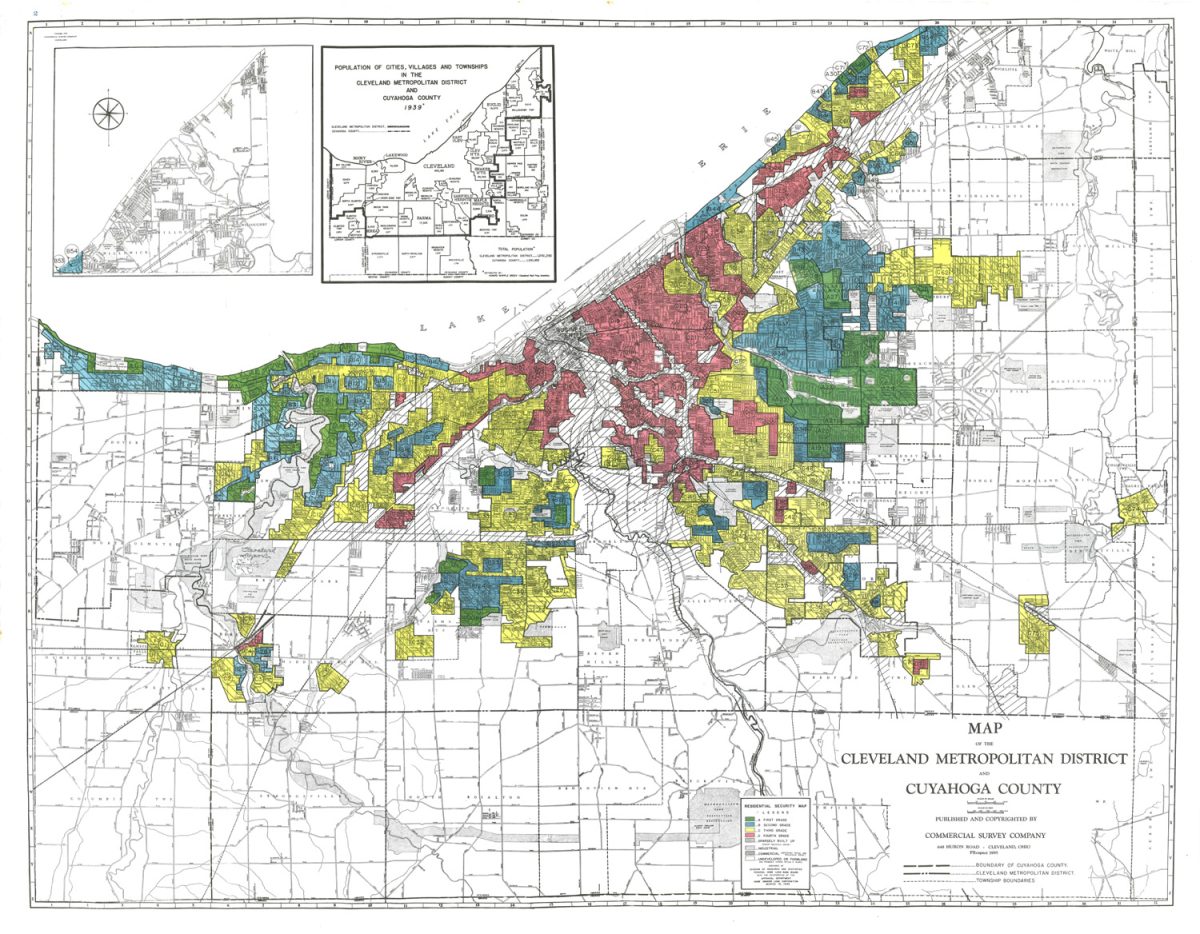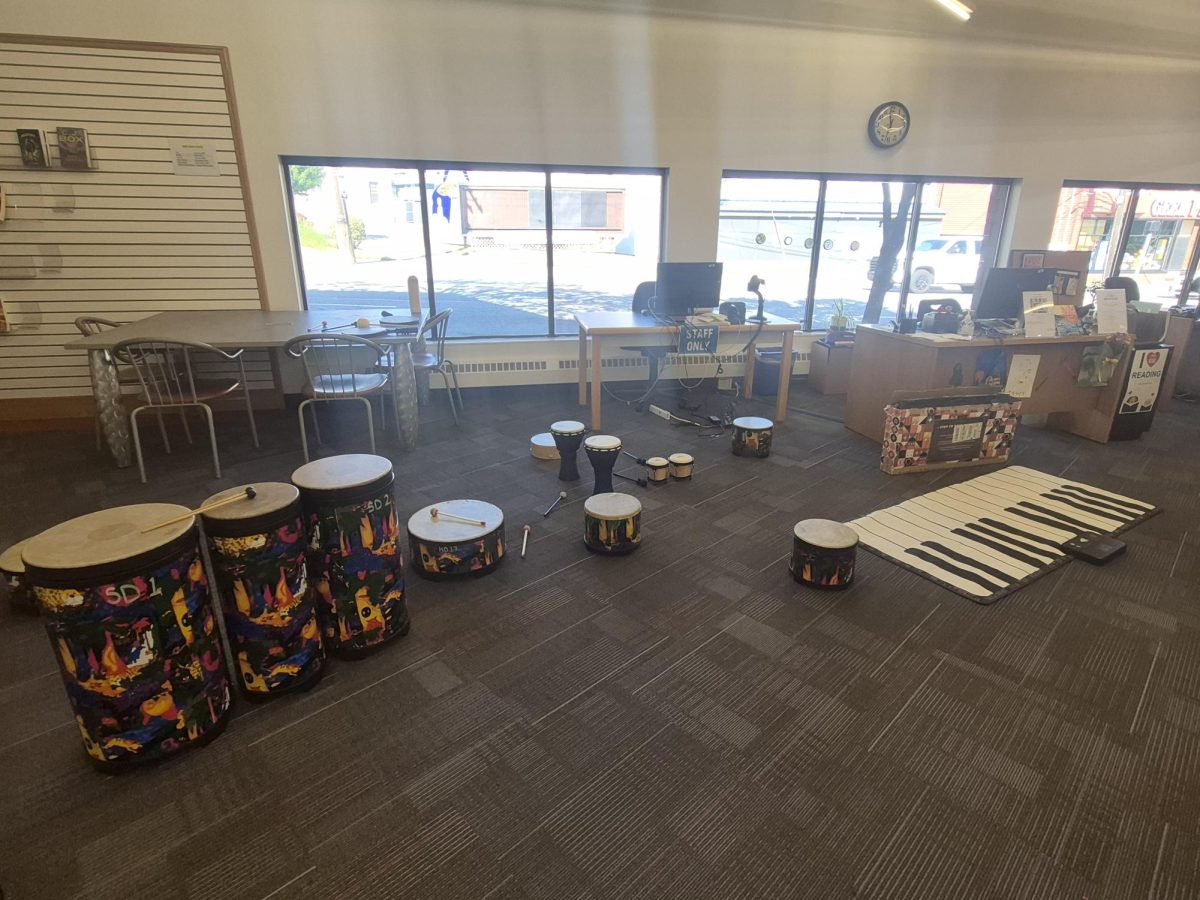Spring break is the perfect time to catch up with friends, family, and much-needed rest. Last week, 26 students from grades 10-12, 2 teachers, and Lakewood High School’s principal, Joy Morgan, left the States and traveled to the Canary Islands for spring break. This trip offered students what could be a once-in-a-lifetime experience for most. This trip provided new knowledge on conserving natural life and memories that will last a lifetime.
“My favorite part of the trip was meeting new people and sharing good memories with my roommates,” senior Ella Munn said.
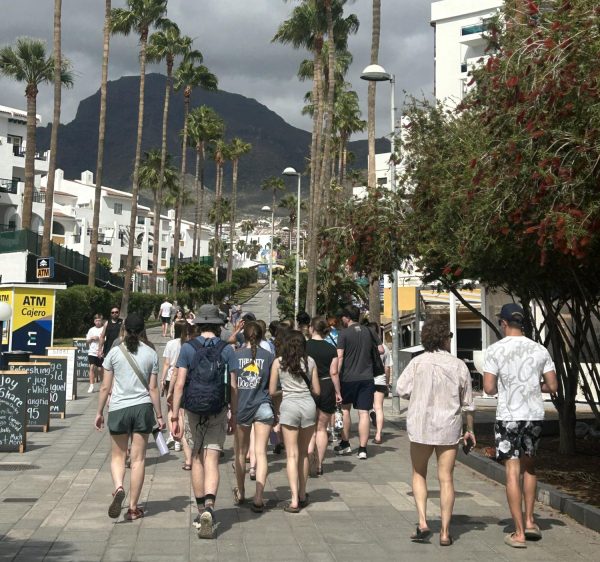
The group met at the airport at noon on Thursday, April 17. They would then take a short flight to Newark, New Jersey, before they took their final seven-hour flight to the islands in Spain. The Canary Islands have eight major islands, including Tenerife, Fuerteventura, Gran Canaria, Lanzarote, La Palma, La Gomera, El Hierro, and La Graciosa. The remaining smaller islets are not considered major islands. The group ended up in Tenerife for their trip.
The trip took an immense amount of time to plan. The students had to sign up for the trip around this time of the year last year. Thus, the trip was unavailable to the 2024 seniors and the freshmen of the 2025 school year.
“I honestly cannot even begin to count how many hours we put into planning this trip,” Karen Alten, one of the teachers on the trip, said. “There was a lot of paperwork for both the school district and GVI. I had many early morning Zoom meetings as we were working on a seven-hour time difference.”
The original plan was for the trip to go to the Galapagos Islands with EF tours. However, because the group would need to travel through Ecuador to get there, and there were safety concerns, they decided to redirect to the Canary Islands.
“I found several trips, but Tenerife checked many of the boxes and was much more economical than other options,” Alten said.
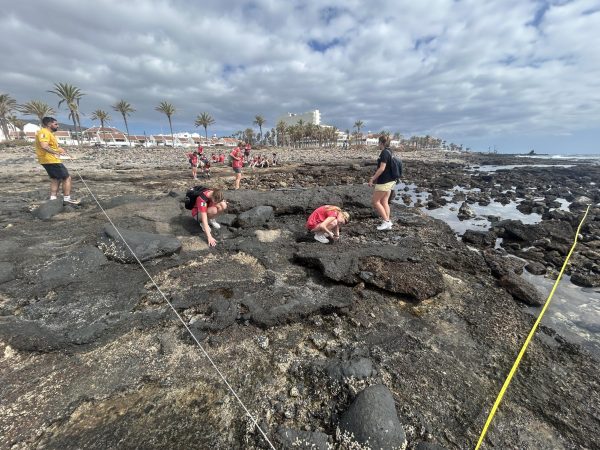
The trip was more than a relaxing vacation in warm weather; students also researched marine conservation near the islands. They learned how tourism can both boost and harm marine life and gained awareness of how their actions—such as their carbon footprint and litter—can impact the environment.
The group conducted research on the amount of trash on a beach in Tenerife that experienced heavy foot traffic. Over three days, they cleaned up multiple items early in the morning, primarily cigarette remnants and other nicotine product debris. By the end of the three days, they had collected more than 10,000 cigarette butts and numerous electronic cigarettes. This tally only reflected what they found on the beach, as additional trash was discovered on nearby sidewalks.
“I didn’t enjoy the clean beach, but WOW, was that eye-opening,” Alten said. “I started [noticing] trash everywhere, and that made me a little sad.”
The students had the opportunity to expand their knowledge of Tenerife’s wildlife, learning about the island’s most common birds, such as the Cory’s shearwater, as well as marine life including bottlenose dolphins, short-finned pilot whales, and loggerhead sea turtles. Over three days, the group went out on boats to observe these animals up close and collected data on their populations and behaviors in the ocean. They also studied whether these patterns changed based on the number of boats leaving the harbor each day.
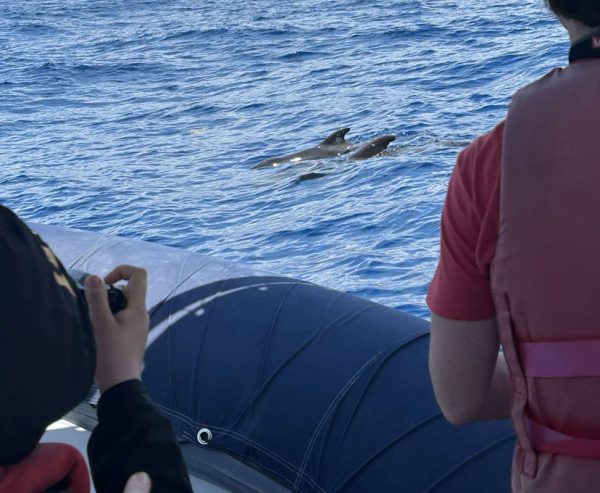
“I really enjoyed collecting data on the whales and dolphin populations…the practical aspect of the data collection and doing ‘real science’,” Alten said. “My favorite activity was visiting the rock pools—so much life!”
“We saw whales only a few feet out,” Munn said. “We even got to witness and help save a sea turtle from being caught in a plastic net in the ocean.”
Along with the research, the students immersed themselves in Canary Islands culture by learning to prepare popular Canarian dishes to share with one another. They also worked on improving their Spanish-speaking skills.
“My favorite food I made was called a tortilla, but it was like a pie made of egg and veggies,” Munn said.
The students also had the opportunity to bond with one another. Although they had attended school together for years before the trip, many had never spoken to each other until then. The trip enabled students to connect over their shared experiences, which in turn fostered stronger bonds with the adults on the journey too.
“I really enjoyed watching the students grow,” Alten said. “There were some students who did not have friends on the trip or were away from home for the first time. By the end of the week, it felt like we were all a big family.”
“I loved meeting new people and sharing good memories with my roommates,” Munn said.
Overall, the trip was a wonderful experience for the group. Although there were many twists and turns leading up to it, it all worked out in the end to make for a fantastic trip. The group was able to learn much about the world around them and how they can make an impact on it.
“I plan on working on my trash disposal and choosing certain plastics to use that can be reused and recycled,” Munn said.
“I am confident that we all walked away with new Biology knowledge and strategies for ways we can impact our world,” Alten said. “I also know that every one of us learned something new about ourselves. This was by far one of the best experiences I have had as an educator.”
Not only can the group take away a trip full of learning, but they can also cherish the fun memories they made along the way.
“It was so much fun to see the island, go on hikes, play card games with people, and see whales,” junior Madalyn Jacobs said.
